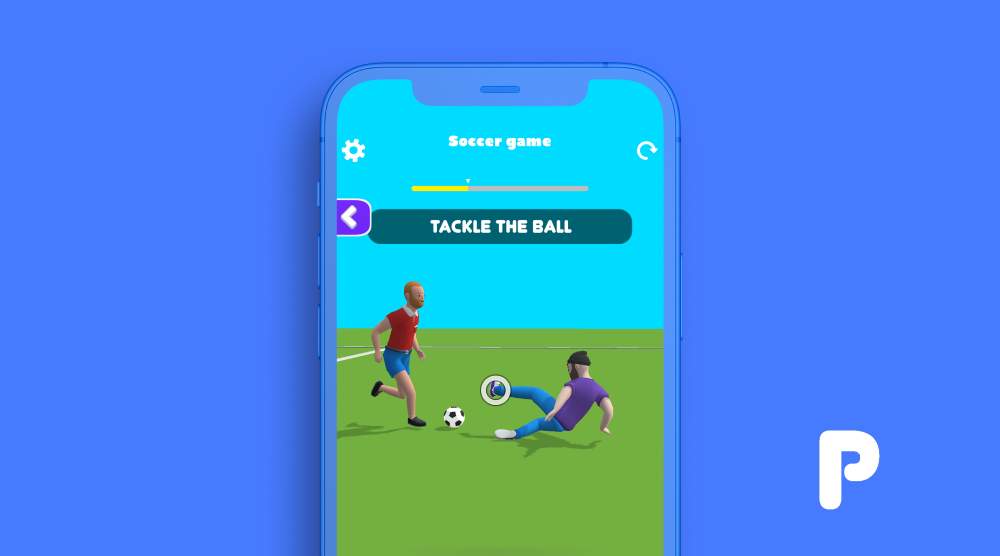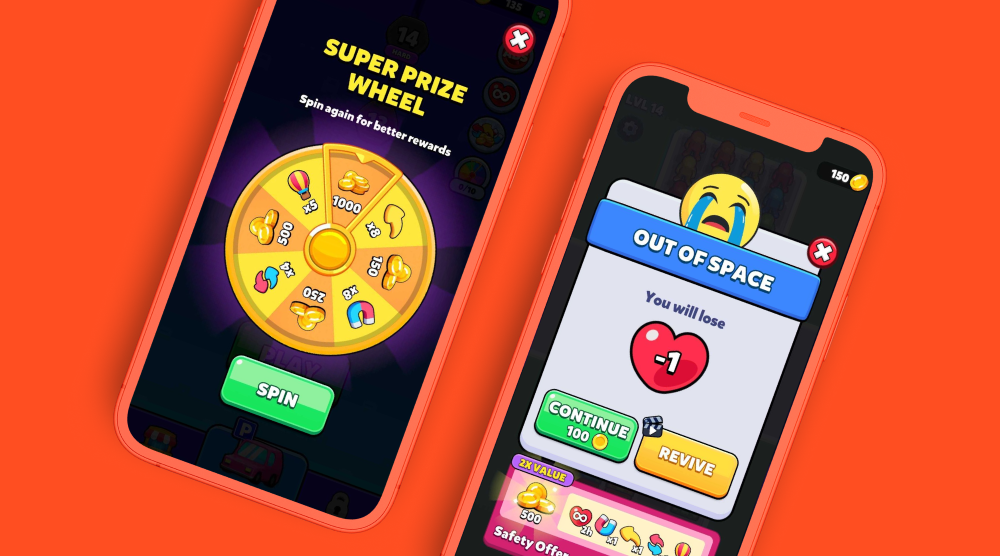Our Developer Spotlight series highlights top hyper-casual game developers sharing their tips for success - on everything from ideation to game design. In this installment, we sat down with Paul Raubic, developer and Founder of Pau Rau Games, the mobile game studio behind major hits, like Move Animals, Sausage - The Game, and now Slow Mo Run.

Paul has been creating successful games for the last 10 years, releasing hit game after hit game. His most recent title, Slow Mo Run, is nearing 20M downloads on iOS and Android since its release and has gone viral on TikTok with 1.2 billion views (as of June 2023). It’s safe to say Paul Raubic is an ideation machine with a track record to prove it. Here he gives his top tips for how you can become one too.
1. Use winning creatives as inspiration
The inspirations for Slow Mo Run came from a bunch of different places - but one of the biggest was looking at the creatives that drove success for Move Animals, one of my previous Supersonic-published games. The premise of Move Animals is simple: the user needs to drag an animal to complete an action. For example, one level is to drag a group of puppies from the floor to the couch. The gameplay gets more complex from there, but that’s it at its most basic.
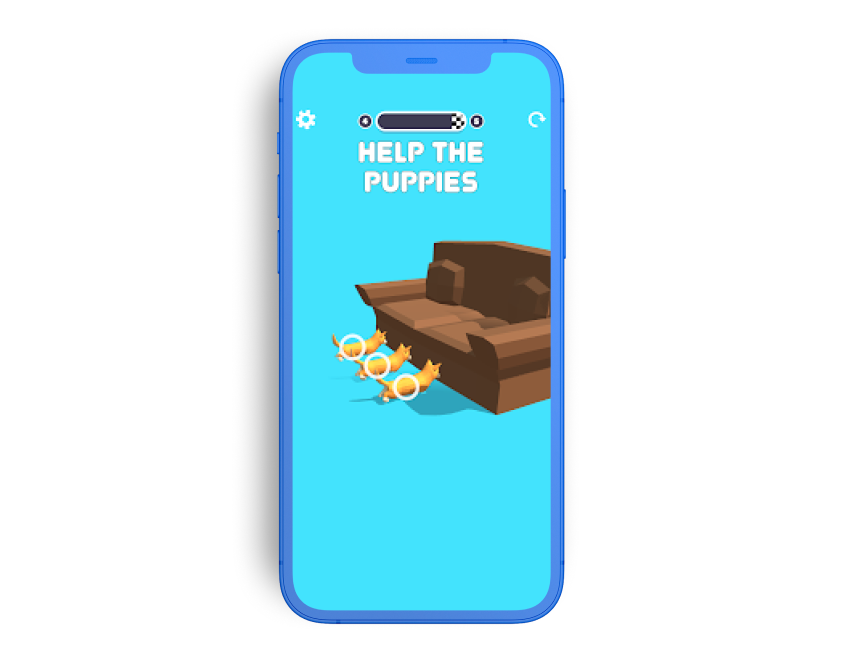
When we were running UA for the game, we noticed that one particular creative was the clear winner - it featured two animals fighting each other and the user had to control one of the animals using a drag-to-move mechanic (like the one in the puppy level). The creative was such a winner that I added new levels to Move Animals that featured the animal-on-animal brawls, as well as a special ‘monster fight’ level pack. This was when I first thought to myself that a game that featured the drag-to-move mechanic but in a combat context could really work and be expanded on.
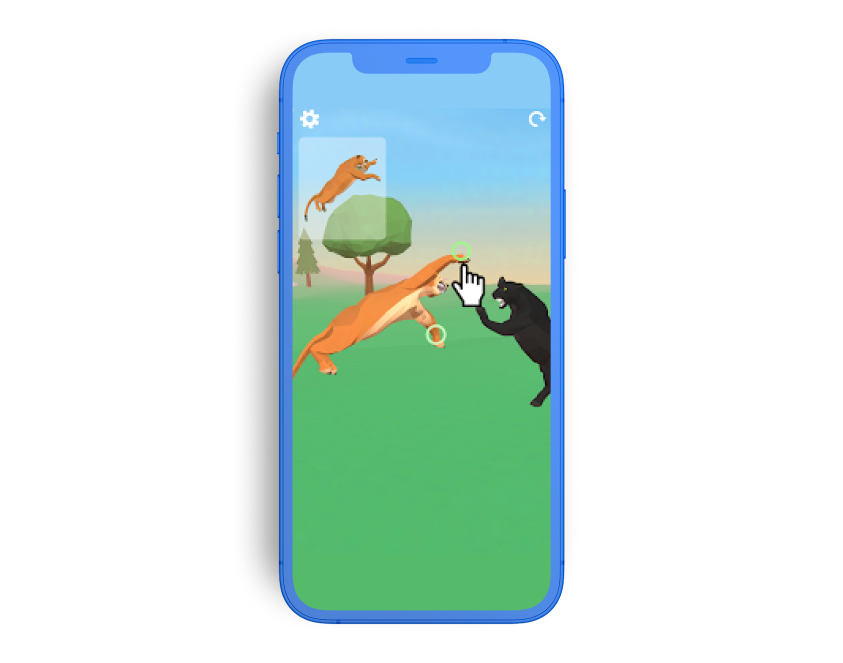
Slow Mo Run was born from this idea. In the game, users control their character by moving joint points using the drag-to-move mechanic, defending themselves against an enemy by dodging projectiles being thrown at them while running towards the enemy. They then fight the enemy by dragging their character’s joint point to punch and kick.
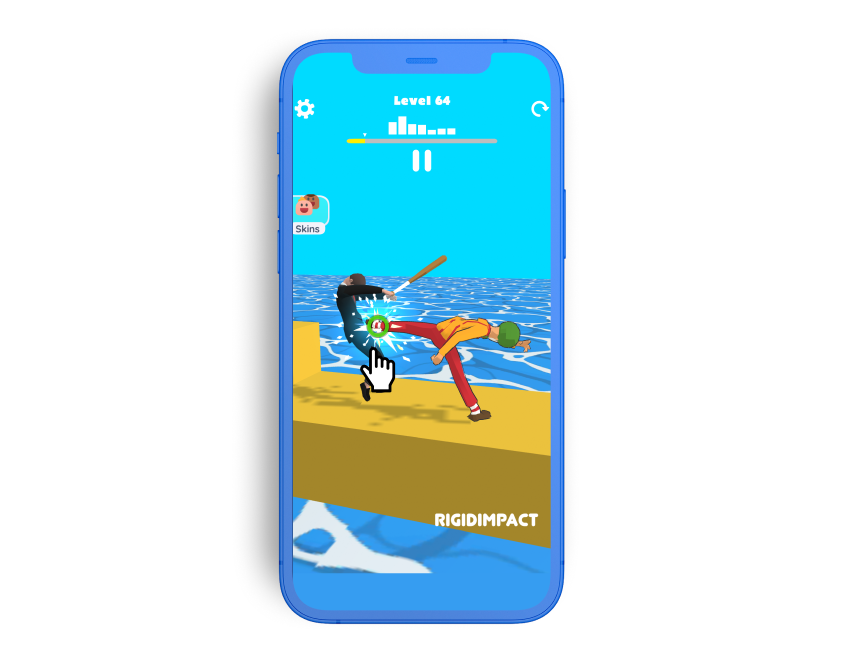
Creatives are a great place to look for inspiration. In a way, they’re kind of like a marketability test. A winning creative usually features the gameplay or visuals that convert users best, meaning there’s a market for those elements - and a great reason to build a new game.
2. Have a ‘what else’ state of mind
Once I have my core mechanic in mind, the next step is to figure out how I'm going to build it out. This is the place to really let your creativity shine, thinking of ways to apply the core mechanics and gameplay and expand them.
For Slow Mo Run, I started with the core concept of drag-to-move combat - but one good level doesn’t make a game. So, I started to think of other ways to implement the core mechanic. I did this by adopting a ‘what else’ mindset - what else could players do with the drag-to-move mechanic?
With this mindset, I came up with the idea to expand the game to include soccer and other sports levels. Players could drag characters to avoid NPCs trying to tackle them and then kick a soccer ball using the same drag-to-move mechanics featured in combat.
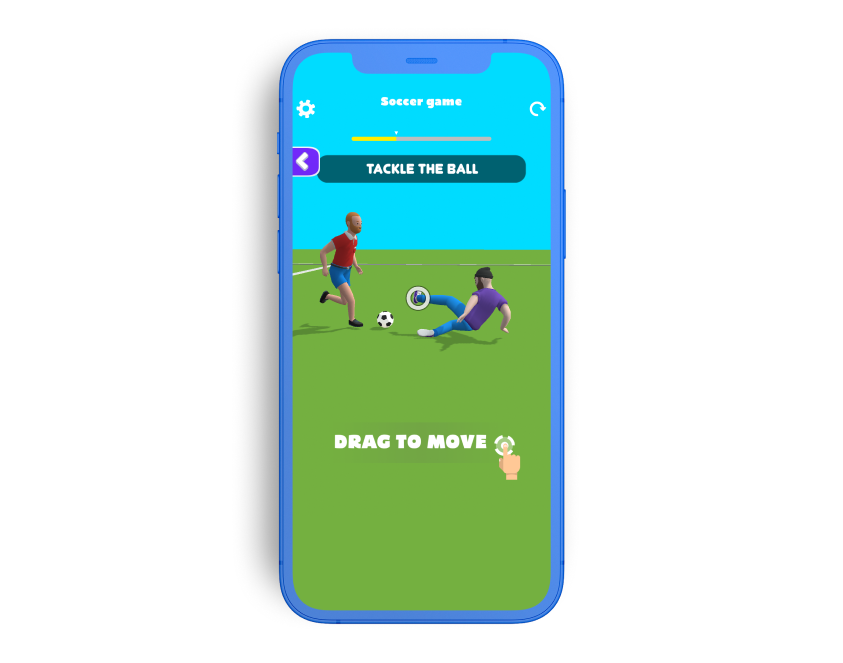
The ‘what else’ mindset doesn't only apply to the core mechanics of the game, but also to the marketability of your game. For example, in Slo Mo Run, I thought what else can I do to make sure my game is a success? The answer I came to was to combine the dragging mechanic with a trending genre that I knew had low CPI: runners.
By adopting this ‘what else’ mindset I had a solid core mechanic, multiple ways I could craft levels using it, and a marketable genre to help my game get over the UA hump. This way of thinking is one of the best creative tools developers have for ideation, iteration, and finding new ways to improve their games. Use it often and widely.
3. Stay in the loop with competitors
One of the inspirations for Slow Mo Run was Deliver It 3D by Voodoo, which uses a touch-to-move mechanic. When you release the touch from the screen, the character slows down, and similarly, in Slow Mo Run, when you approach an obstacle, the player also slows down. In that way, each level is divided into a set number of interaction points during which the player can decide the timing at which to proceed.
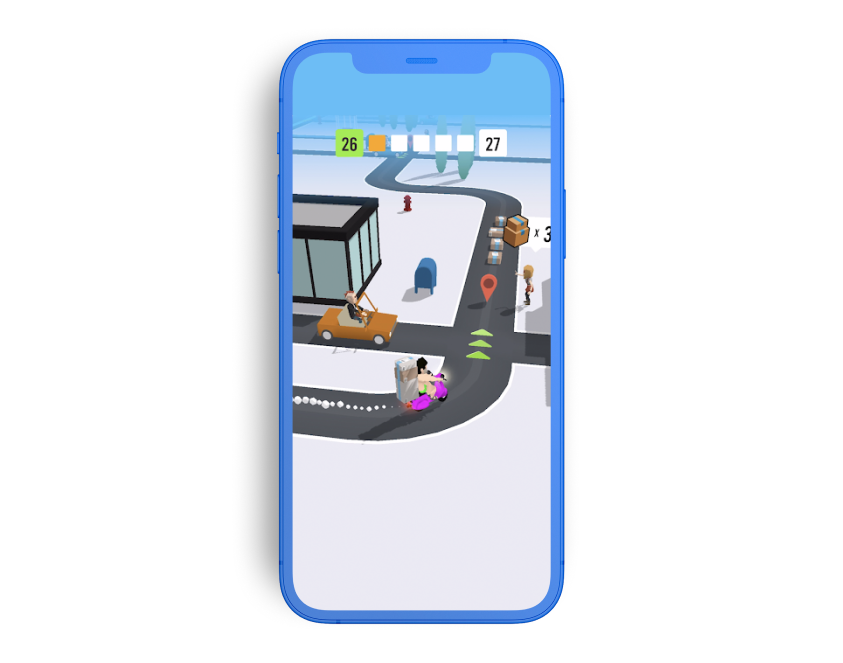
Competitors are a great source of inspiration and can be a strong motivating factor. By knowing what your competitors are up to, you can know what the market is like for the games you want to create - and adapt your game to make the most of the opportunities they missed.
4. Don’t be afraid of trying new things (like going 3D)
This next tip is something I learned early on in my game development career that still holds true to this day - don’t be afraid to try new things. The first games I made were all in a 2D comic bookish art style, very old school. That was my comfort zone and had worked well.
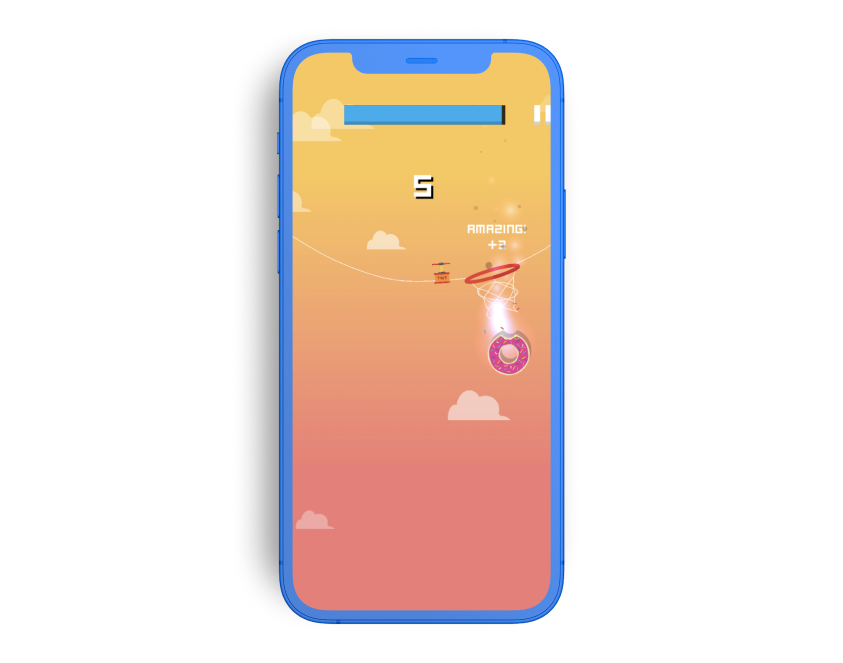
But as mobile devices changed, so did the expectations for what a mobile game should look and feel like. I was hesitant to try new things, but I knew I had to adapt to this new 3D game environment. So I started making games with Unity, despite my concerns, and it was so much easier and more fun than I thought it could be.
With Unity, I could quickly and intuitively create, prototype, and test my games. This significantly reduced the challenges of the development process, making it easier than ever before to bring my ideas to life. It worked out so well that 3D is where I’ve had my biggest successes. And it all started by conquering the fear of the unknown.
The great thing about the mobile gaming market is that it changes frequently - which means by adapting fast, you can have an edge over well-established developers and brands. Whether it’s deepening the gameplay with story elements or including smart RV placements instead of simple skins, you can always innovate and maybe even become a trendsetter. One of the main questions I ask myself these days while developing a game is whether I would enjoy playing it. Truthfully, I still play Slow Mo Run almost every day - even after spending countless hours developing it. It’s easy to become sick of a long-lasting project but if you keep having fun with it, you’ll keep going.
Whether you’re facing the challenge of ideation, monetization, or iteration, my advice to developers is to leave your comfort zone, try something new and have fun with it. Sometimes it won’t work out, but sometimes success is just one leap of faith away.
Let's put these tips to good use
Publish your game with Supersonic
